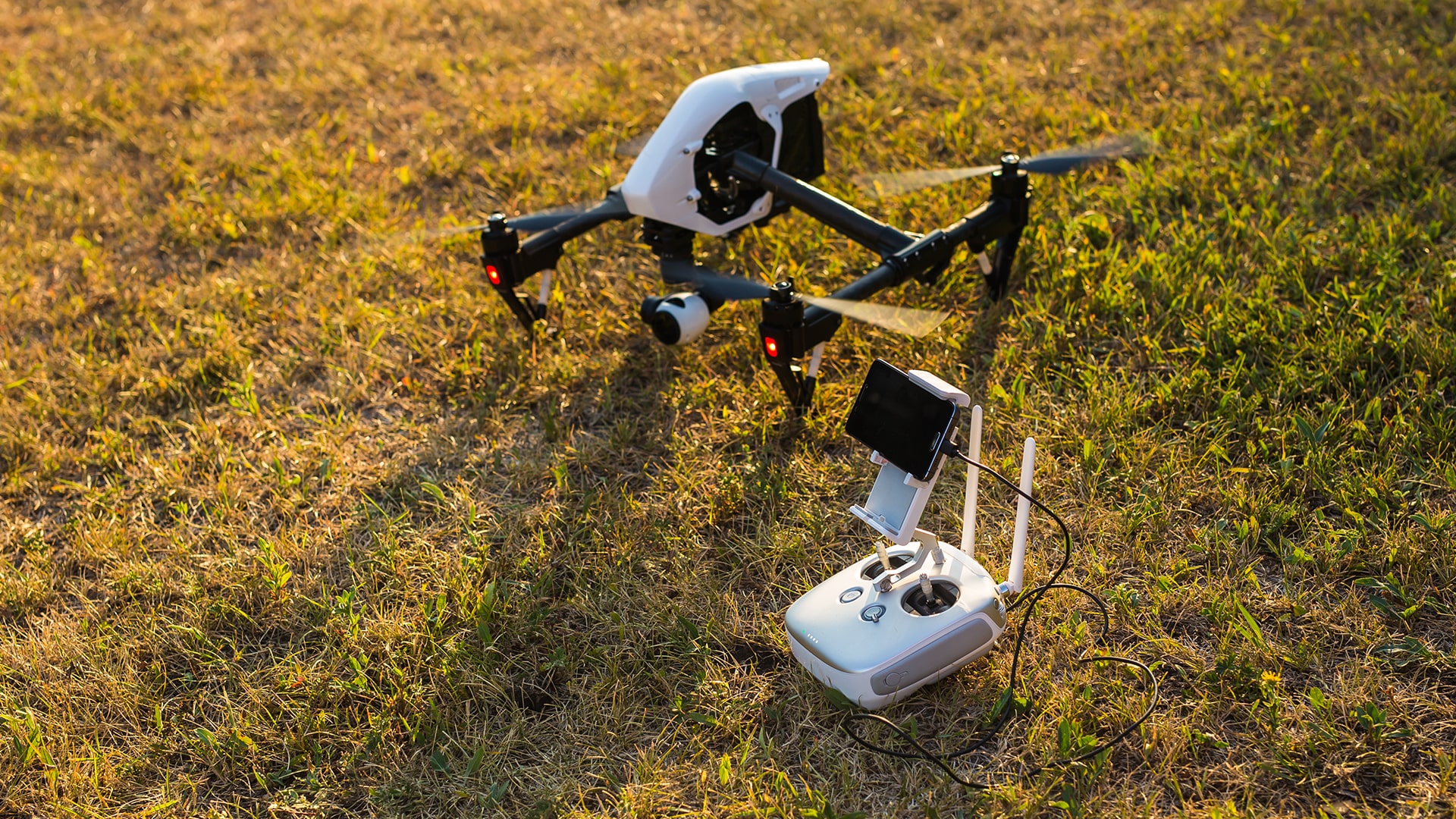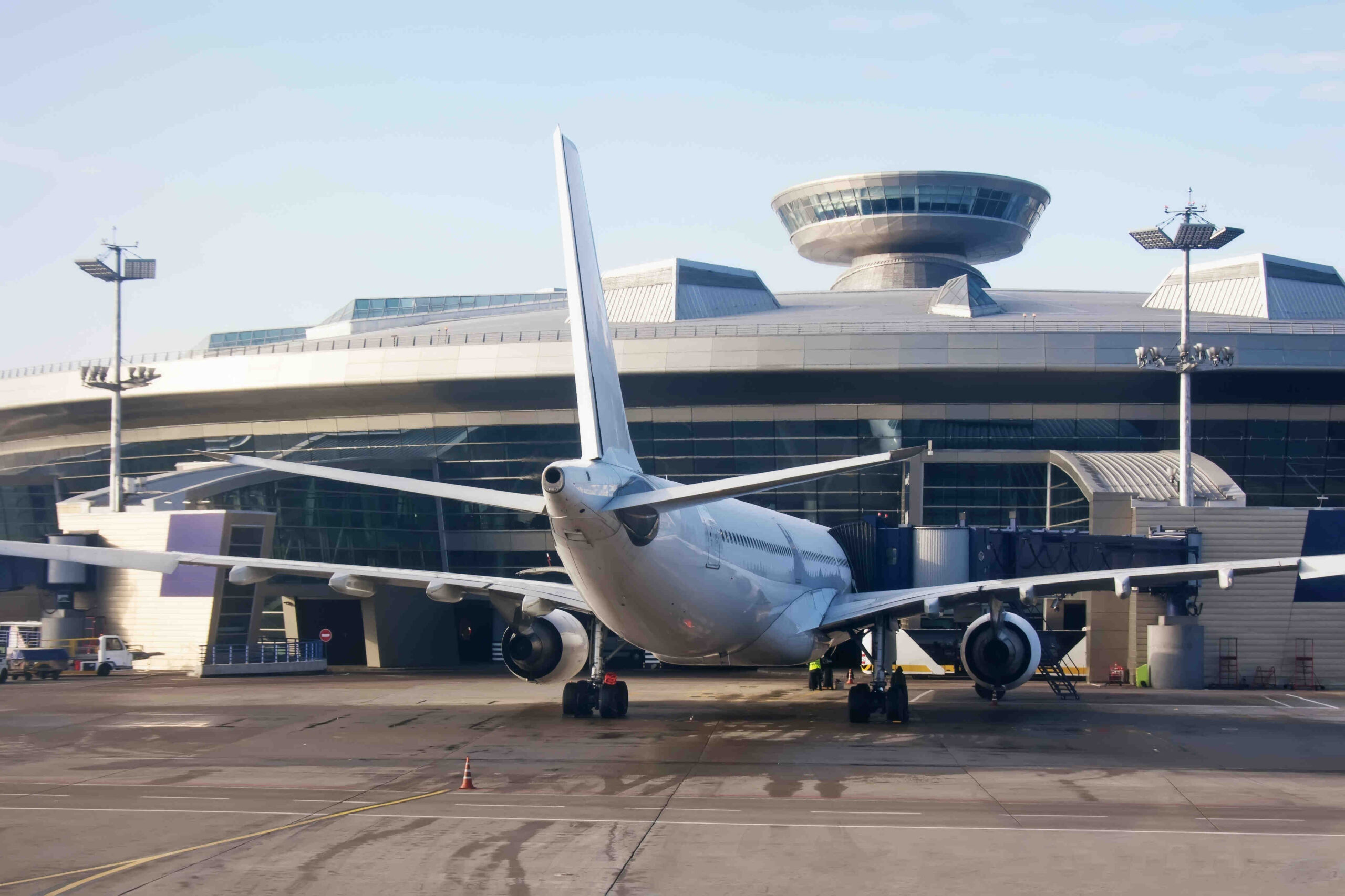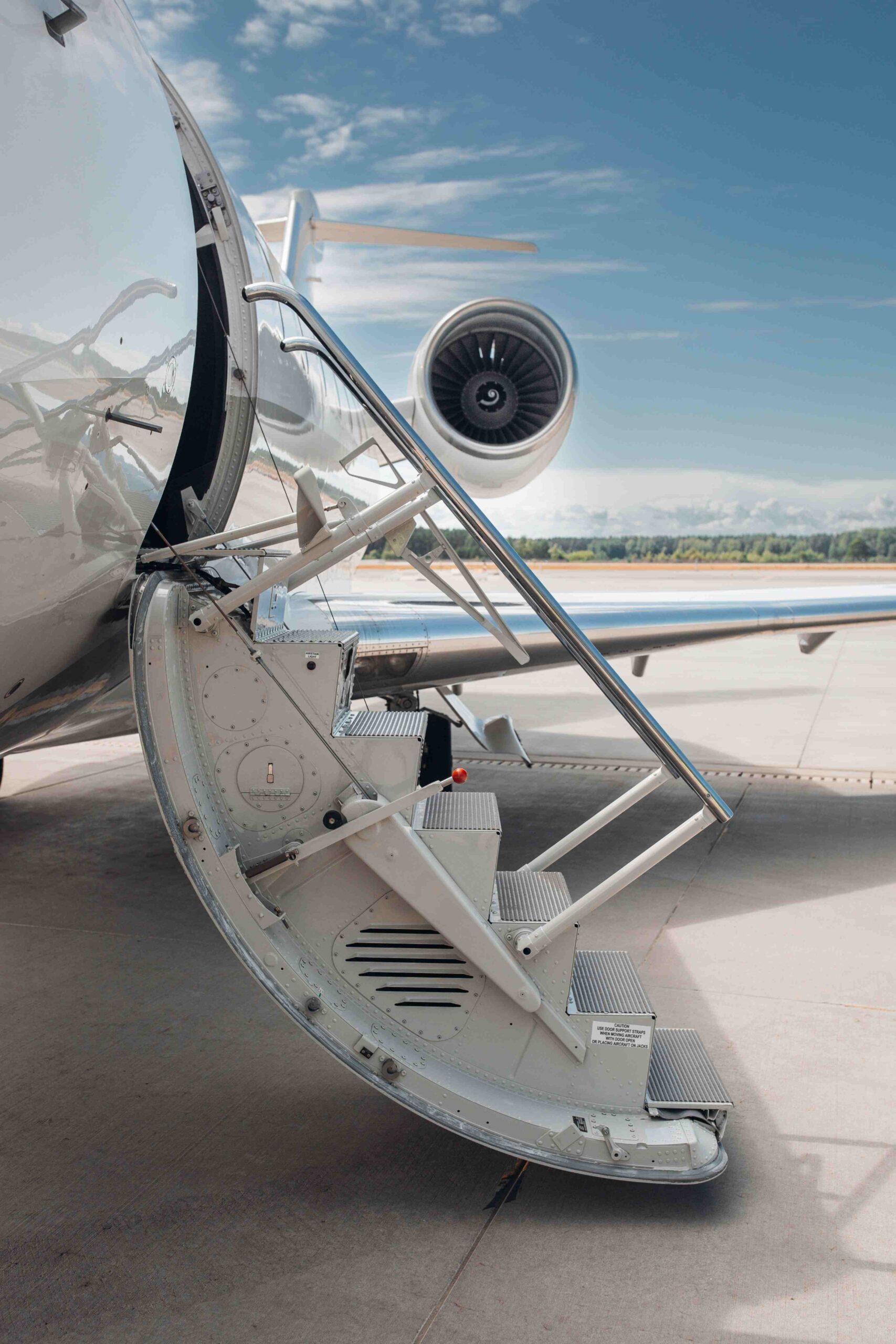Abstract
The global drone market has been showing steady growth year by year. This article will analyze existing regulations and materials on UAV operations in U-Space, as well the infrastructure concept of U-Space and its economic aspects, as the system aims to ensure the safe, fast and effective development of services relying on UAVs equipped with new technologies, the foundation of which is a safe, traffic management system (ultimately automatic). The goal of this article is to showcase the possible entities liable for damage caused by a drone flying in U-Space airspace and demonstrate the PansaUTM system – the backbone of PANSA’s U-Space. The method of study comprises a content analysis of existing legislations. The current doctrine were confronted with existing regulations, documents and materials. It is too early to make an assessment of existing regulations concerning U-Space. However, the study makes it clear that, taking into account the complexity of the concept itself and its substantial impact on the aviation industry and beyond, the biggest challenges for national (or EU) legislators is the creation of standards for U-Space service provision and the identification of entities responsible for damages caused by UAVs used in it.
The study shows that U-space concept requires much more involvement of the legislator and stakeholders to ensure the safety of airspace users, people and infrastructure on the ground. Moreover, the article proposes a solution for compensation for damages caused to third parties in U-Space.
1. Introduction
Opening of the aviation market to the civil use of unmanned aircraft (UA) started a A new era for aviation1. The civil use of drones is already significant. (Roma, 2014). It can be used in logistics and transport services, fleet management, medical transport (Konert et al., 2019) services for electronic media, films and entertainment, in agriculture (inventory of crops, forests, farming, etc.) in law enforcement and policing activities, border patrols, fire services, traffic management and monitoring, fisheries protection, oil and gas pipeline surveying, coverage of large public events, aerial photography, review and assessment of mines, quarries, dams, construction sites, houses, critical infrastructure assessments in hazardous and non-hazardous environments, missing person searches, etc.
(Jacques et al., 2014; Zeliński, 2014; Rupprecht, 2015).
Drone markets in Europe markets in Europe have been showing steady growth year after year. Some of the world’s top drone service providers are based here, and their business results are proof of continuous and considerable market growth2. Some forecasts predict that the European drone market will more than double in size between the years 2018 and 20243. The possibilities of engaging this new branch in aviation, and how this could support the creation of the new services and boost the economy was the main topic of EASA High Level Conference entitled “Drones as a leverage for jobs and new business opportunities”, which took place on 23-24 November 2016 in Warsaw, Poland. The event was co-organized by the Polish Ministry of Infrastructure and the Polish CAA concluded with the so-called “Warsaw Declaration”, urging all stakeholders to continue with the further development of drone services to support EU competitiveness and global leadership, while also calling for the swift development of a legal drone ecosystem4. The declaration called for full participation of the EU drone community in demonstrators to test – as rapidly and as efficiently as possible – the feasibility of the requirements and standards of U-Space.
The declaration also called for the creation an effective coordination mechanism between the European Commission, relevant European agencies, including the European Defense Agency, and all stakeholders in order to assist with:
- the establishment of a regulatory framework, including the timely delivery of industry standards;
- the efficacy and funding of drone integration projects; and
- the development of U-Space.
Taking into account the complexity of the concept itself, and its big impact on all possible aviation industry sectors and beyond, the biggest challenges for national (or EU) legislators would be the creation of standards for USpace service provision and the identification of entities responsible for damages caused by UAVs used in it. The goal of this article is to analyse the existing documents on U-Space and demonstrate the PansaUTM system – backbone of PANSA’s U-Space.
A growing number of drone operations have increased the number of dangerous events involving UAS, and this is not just incidents and airprox with UAS reported by aircraft crews in recent years. This also includes accidents that result in damage or destruction of UAS. It is therefore important to analyse the question of civil liability for damages caused by drones (Włodarczyk, 2017). The paper will identify if there are existing regulations in place concerning civil liability.



